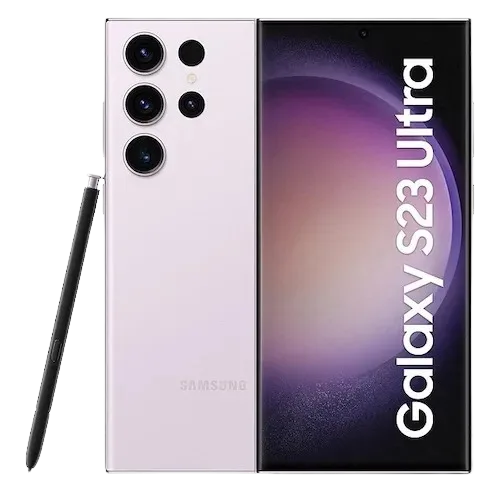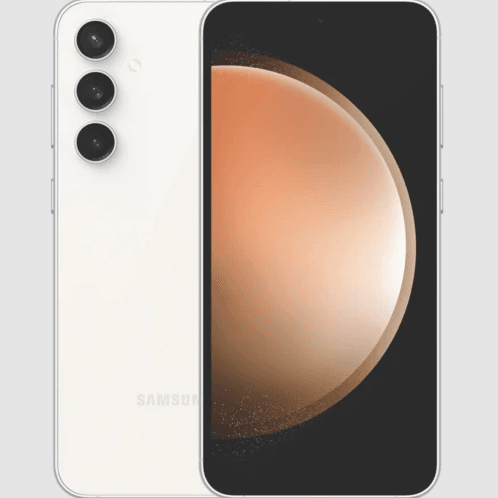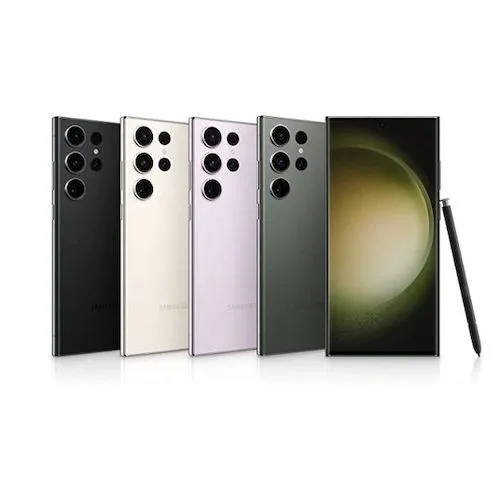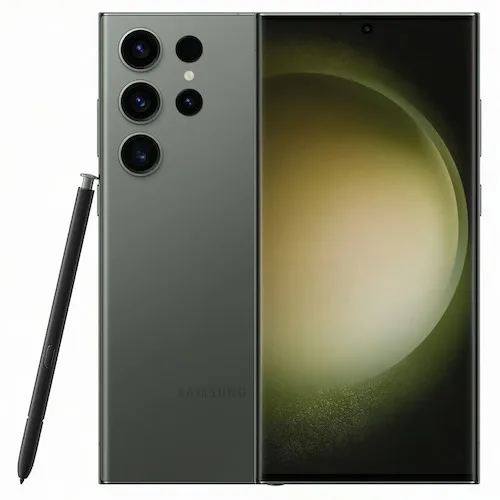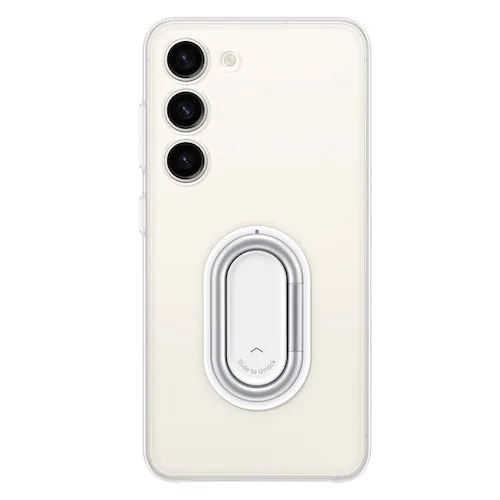Samsung Galaxy S23 Ultra review: Samsung strikes back
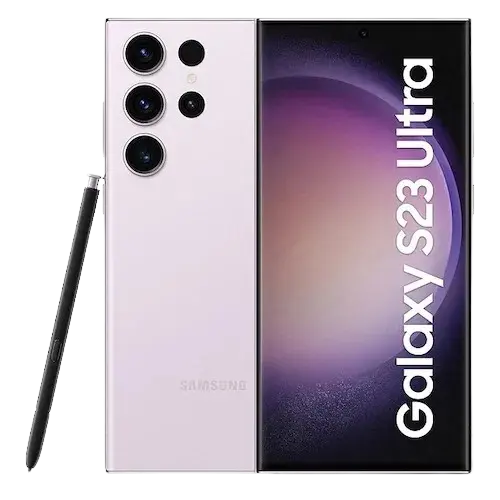
-
- Battery Score
4
- Camera Score
4.5
- Design Score
4
- Performance Score
4.5
- Battery Score
4
Summary
Quick verdict: Samsung's new Galaxy S23 Ultra looks an awful lot like the Galaxy S22 Ultra it replaces, but the South Korean company has made some big changes in camera quality and performance that put it in the top tier of Android flagship phones.
- Great gaming performance
- Nobody else can offer the S-Pen
- Battery life improved over prior years
- Expensive!
- No particular design changes
- Space Zoom is still mostly garbage
Details
Pricing & Availability
| RRP | $0 |
| Launch date | 2023-02 |
From the outside, it very much looks like Samsung's taken the easy route with its 2023 flagship Galaxy S range of phones. The Galaxy S23 and Galaxy S23+ very much look like their predecessors and the same is broadly true of the Galaxy S23 Ultra.
However, the changes that Samsung's made in processor, battery endurance and cameras catapult the Galaxy S23 Ultra specifically to the top of the charts for Android phones.
Right now if you want the best in overall Android performance, this is the phone to buy – and it's likely to hold that position for some time to come.
Buy Samsung Galaxy S23 Ultra products
Design: Minor changes to an already good design
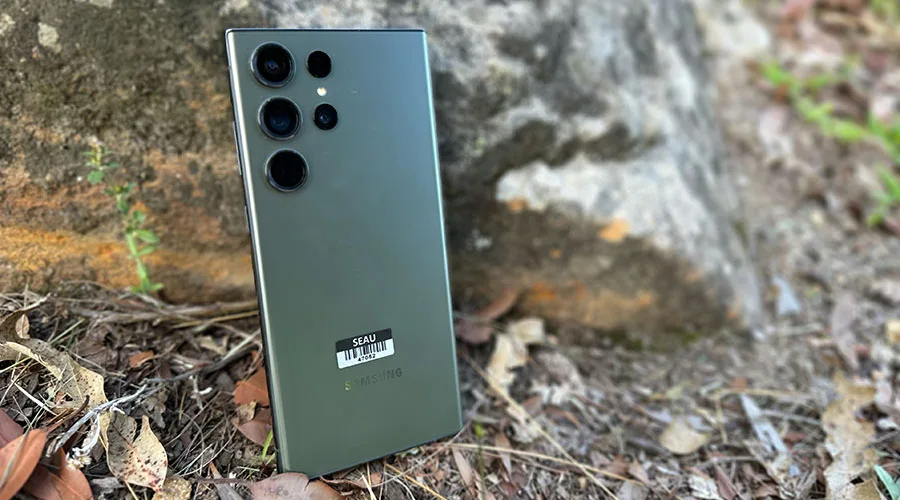
Image: Alex Kidman/Finder
Samsung made its big design change for the Galaxy S line last year, with the Galaxy S22 Ultra taking on a distinctly "Note" style design at the exact same time that Samsung abandoned its separate Galaxy Note line. That wasn't coincidental of course.
For the Galaxy S23 Ultra, Samsung hasn't made any similar radical moves. Indeed, it's really made very few design changes at all.
The Galaxy S23 Ultra measures 78.1x163.4x8.9mm compared to 77.9x163.3x8.9mm for the Galaxy S22 Ultra. There's not much in it that you'd feel in the hand, although it's enough to make any Galaxy S22 Ultra cases largely incompatible with the Galaxy S23 Ultra. You might get a squishy gel-style case to cram onto it perhaps, but I can't say that I've tested that out.
The display on the Galaxy S23 Ultra is a 6.8-inch QHD AMOLED with support for 1–120Hz refresh rates, which again broadly mimics its predecessor.
However, it does have a slightly different shape at the sides, with less curvature than the older model. If you're not a fan of the S Pen slipping off the edges of the screen that might be a nice-to-have feature, but again it's a fairly subtle change.
In terms of colour choices, that's going to depend on where you shop. Every vendor will sell the Galaxy S23 Ultra in Lavender, Cream, Phantom Black or Green hues. Samsung reserves the Graphite, Sky Blue, Lime or Red hues for direct sales only through its local website.
Samsung loaned me a Green Galaxy S23 Ultra for review. It's certainly green, but a rather harsh, almost military-feeling shade.
It's 100% subjective, but I would have liked something a little more vibrant in Kermit's favourite colour – and as always, I'm a sucker for blue phones, so if I was personally buying, the Sky Blue model would be my choice.
Controls remain much as they always were, with the S Pen, USB-C charging and data and SIM slot at the base of the phone. That'll be either dual or single SIM depending on whether you get the Galaxy S23 Ultra through a telco or not.
Where older Galaxy S phones supported microSD card expansion as standard, it's not a feature of the Galaxy S23 Ultra.
On the right-hand side, you'll find standard volume controls as well as a side key button that by default launches Samsung's Bixby assistant. You can reconfigure its long press and double press actions, which I did rapidly to get the power controls back. Maybe you like Bixby, but I'm not a big fan.
Camera: Mostly great, but Space Zoom still doesn't live up to the hype
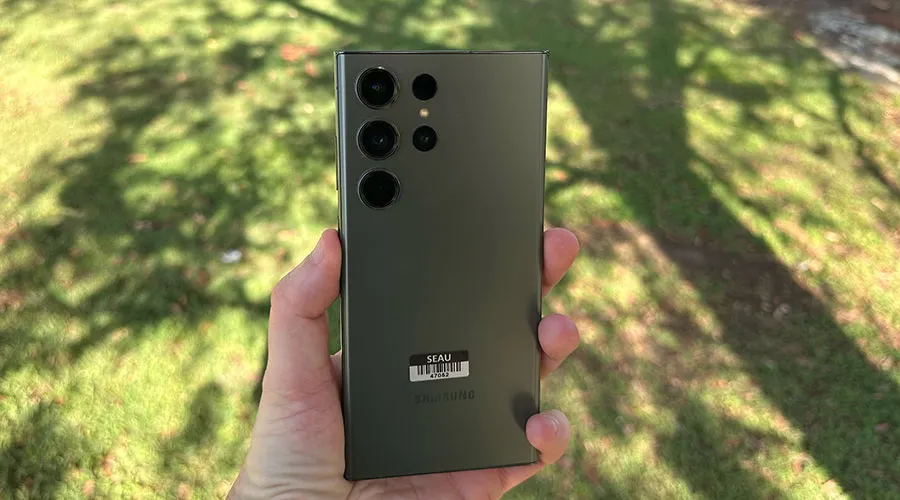
Image: Alex Kidman/Finder
The headline feature of the Galaxy S23 Ultra – and the feature that really marks it distinct from the Galaxy S23 and Galaxy S23+, where camera upgrades are limited to the front-facing selfie camera – is the inclusion of a 200MP primary wide sensor.
200MP makes for a compelling-sounding marketing number because it's a way bigger number than any of Samsung's competition can claim. To give that context, the primary wide sensor on an Apple iPhone 14 Pro/Max phone clocks in at 48MP.
So the Samsung Galaxy S23 Ultra is more than 4 times better as a camera, right?
Not so fast there.
Good camera quality is way more than just counting up the megapixels. Actual sensor size and post-processing especially around the AI that most smartphone cameras apply to shots after they're taken can play a huge role in producing pleasing shots.
Like so many high-megapixel phone cameras before it – and indeed, the 108MP sensor on last year's Galaxy S22 Ultra – by default the Galaxy S23 Ultra uses pixel binning to combine pixels on the primary wide sensor for better light capture, typically capturing 50MP or 12.5MP photos instead.
You can force the Galaxy S23 Ultra to take direct 200MP photos if you wish – and as long as you're happy with the extreme file sizes you get as a result.
This is most useful for post-shot cropping. You can more directly control the same kind of approach most digital zooms take at a manual level for 200MP photos, although you're giving up some of the improved light-capturing features of 50MP or 12MP shots if you do.
It can work quite well, but most everyday consumers are far more likely to sit in auto, letting that 200MP sensor do its work in the background instead.
One area that does impact is in low-light performance, where the Galaxy S23 Ultra can absolutely hold its own against the very best in the market. I've done a full video comparison of shots from the Galaxy S23 Ultra, iPhone 14 Pro and Google Pixel 7 Pro in extreme low light conditions, which you can view here.
Alongside the primary wide 200MP sensor, the Galaxy S23 Ultra also features a 12MP front-facing selfie camera, 12MP ultra-wide and dual 10MP telephoto lenses at 3x and 10x optical zoom respectively. Like the past couple of flagship Galaxy S phones, the Galaxy S23 Ultra has Samsung's "Space Zoom" feature, allowing you to zoom at up to 100x through a combination of lenses and a lot of digital cropping and post-processing.
I had high hopes that the 200MP wide sensor might lead to sharper Space Zoom shots, but it wasn't to be. Here's a sample wide shot taken with that 12MP ultra-wide lens:
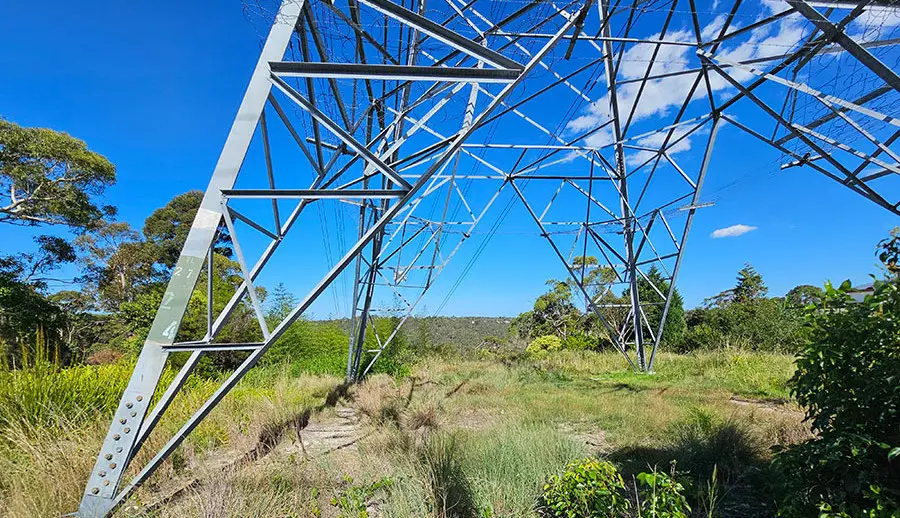
Image: Alex Kidman/Finder
The same framing with the primary 200MP lens, shot at 12MP quality with pixel binning:
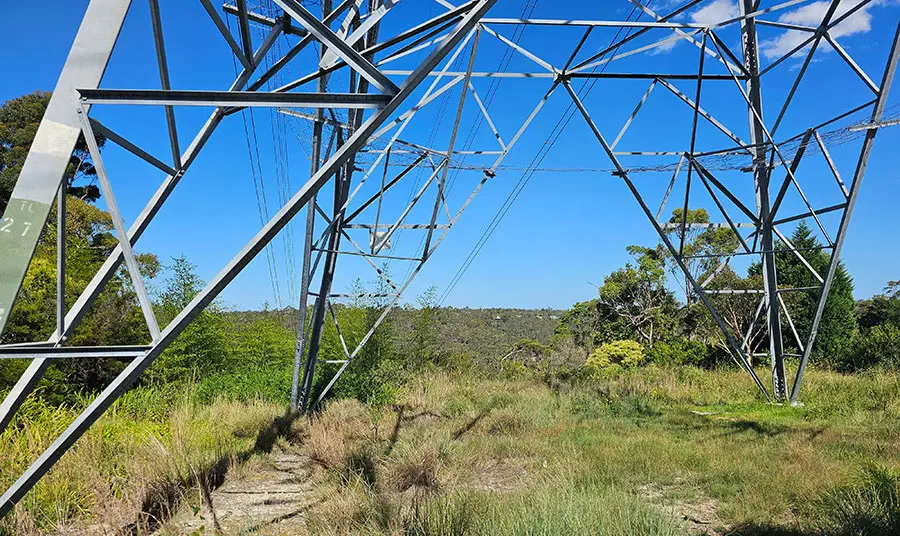
Image: Alex Kidman/Finder
At 30x zoom handheld, it's a workable enough matter, but the cracks are starting to show:
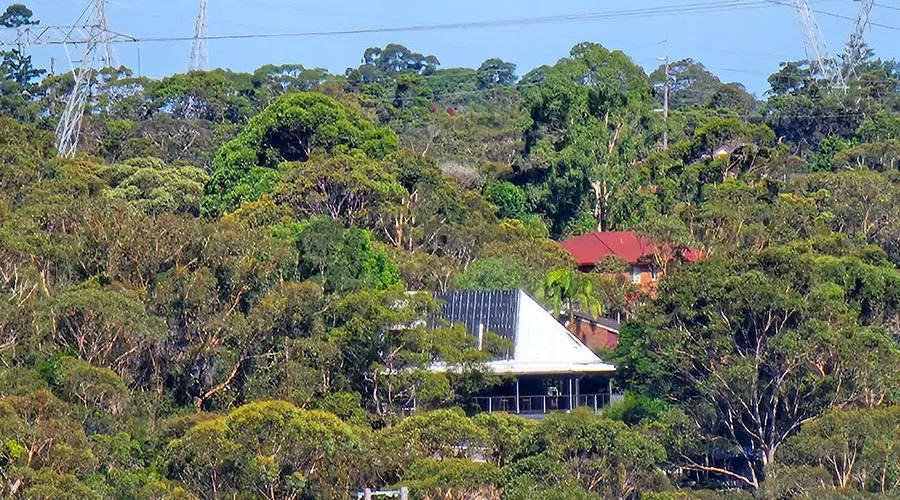
Image: Alex Kidman/Finder
At 100x zoom I feel like I'm invading somebody's backyard (because I am), but not to a degree where I end up with a pleasing shot.
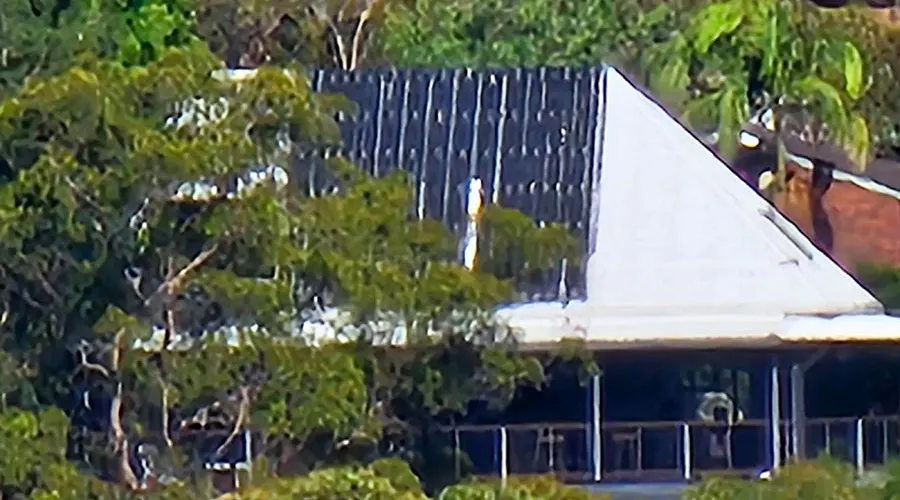
Image: Alex Kidman/Finder
Where I am pleased with the Galaxy S23 Ultra is its suite of photographic features.
Low-light performance is industry-leading with great pickup, and there's a slew of features designed to spur the creativity of even the most camera-shy user, alongside more Pro-grade shooting options for those who know what they want to tweak.
Samsung's post-processing tends towards strong colour saturation over absolute realism if that bothers you. For most wanting an Instagram-worthy picture, that's probably a big plus rather than a minus.
Samsung Galaxy S23 Ultra sample photos

Image: Alex Kidman/Finder

Image: Alex Kidman/Finder

Image: Alex Kidman/Finder
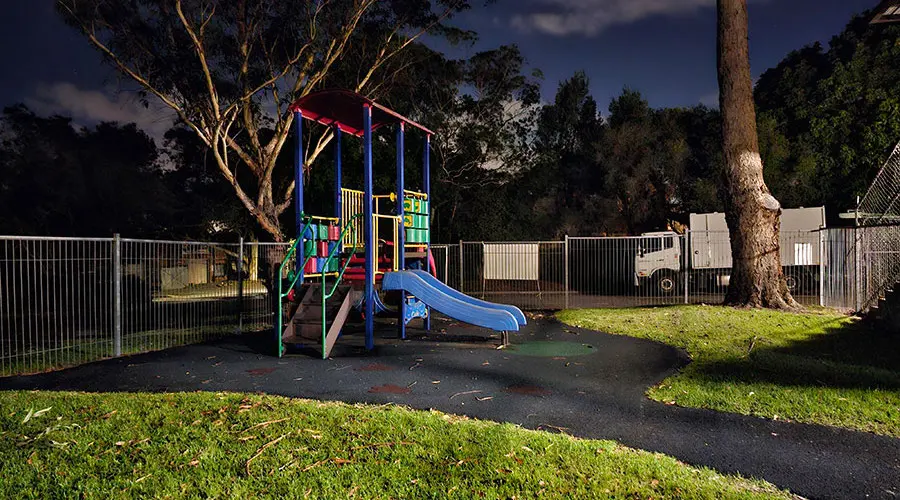
Image: Alex Kidman/Finder
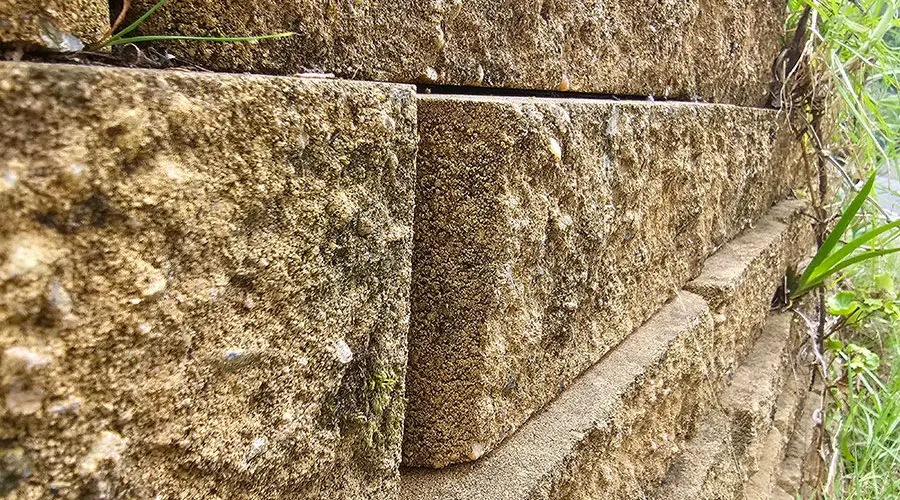
Image: Alex Kidman/Finder
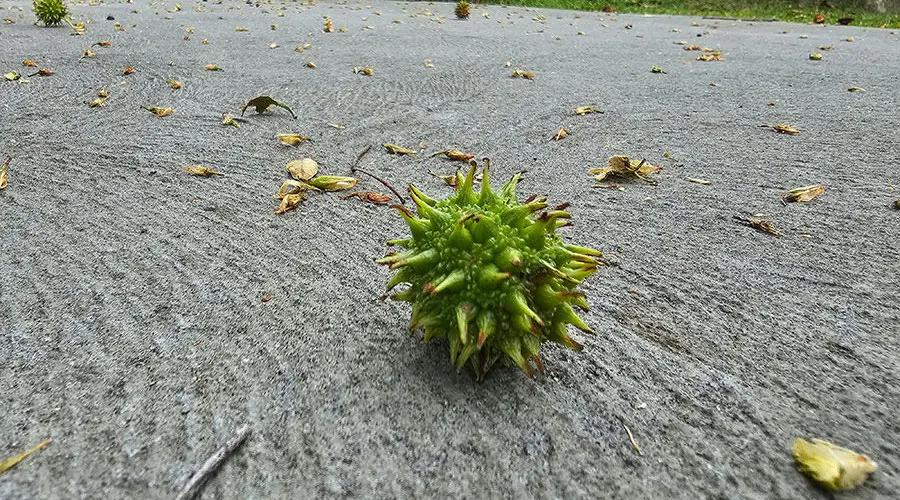
Image: Alex Kidman/Finder

Image: Alex Kidman/Finder

Image: Alex Kidman/Finder
Performance: Great gaming performance, but where are the new S Pen features?
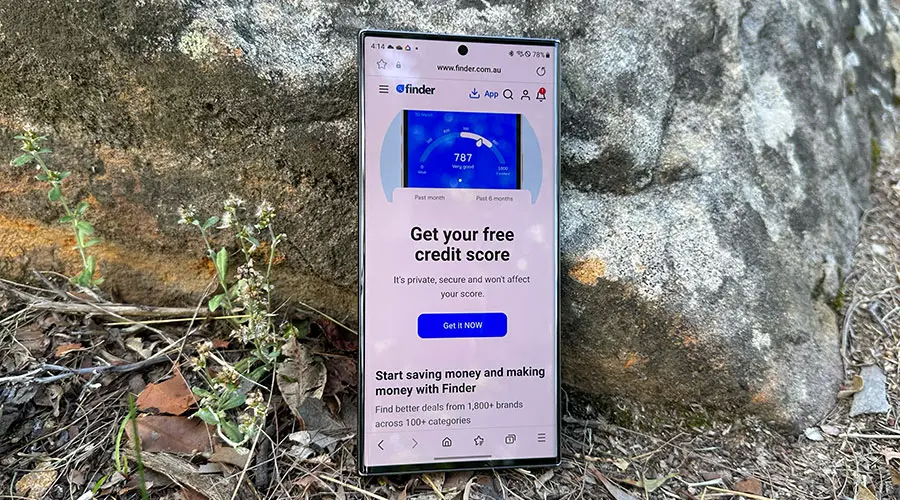
Image: Alex Kidman/Finder
The Galaxy S23 Ultra runs on the Snapdragon 8 Gen 2 platform, which we can expect to see roll out across most Android flagships (excluding Huawei and Google) this year.
Except that Samsung's take on the Snapdragon 8 Gen 2 is just a little bit different, which is why it's labelled as the "Snapdragon 8 Gen 2 Mobile Platform For Galaxy".
It's a hell of a mouthful to say, but the practical impact here is that it's a slightly overclocked version of the Gen 2 processor, with a top speed of 3.36Ghz compared to the 3.2Ghz speed of the regular Gen 2 model.
So it's faster, right?
How much faster?
To find out, I turned to Geekbench 5's CPU test to get a picture of how it compares to leading premium options – and its immediate predecessor:
It's not surprising that the Galaxy S23 Ultra didn't quite smash Apple's iPhone 14 Pro Max here, because that's been the story in smartphone processors for some time now.
However, it's interesting that it fell behind the ASUS ROG Phone 6D Ultimate because that phone's based on Dimensity 9000+.
In practical, real-world-use terms, the Samsung Galaxy S23 Ultra isn't lacking in power, and I simply couldn't find an Android app – or even a multi-tasking set of them – that it simply couldn't fly through.
That becomes even more apparent in a gaming sense, where again the Snapdragon 8 Gen 2 Mobile Platform For Galaxy gets a boost, shifting its Adreno 740 GPU from 680Mhz up to 719Mhz. Here's how that comparison picture looks like using 3DMark's Wild Life Extreme test:
That right there is a crushing victory for the Galaxy S23 Ultra in the gaming arena. It's going to be fascinating to see how that compares to regular Snapdragon 8 Gen 2 phones once they start appearing on our store shelves.
But for now, if you're after a gaming phone, the Samsung Galaxy S23 Ultra is the phone to buy.
That feels weird to say, if only because the Galaxy S23 Ultra so much more sells itself as either a camera phone or a productivity device depending on which marketing spin you're reading. But testing the phone out across a range of games, it ran extremely well, helped along by that fast refresh rate screen.
Like the Galaxy S22 Ultra before it, the Galaxy S23 Ultra supports the Galaxy S Pen. Samsung's really stood alone in the phone stylus space ever since the original Galaxy Note, and most years we've seen a host of new features or new sensitivity modes for the S Pen.
It seems like 2023 is the year where the S Pen is mostly just there. There's a new collaboration tool in Samsung Notes that it can be part of, but lacking a fleet of Galaxy S23 Ultras to test this on, I couldn't really evaluate it. In any case, simple collaboration doesn't feel like that innovative a feature in 2023.
The S Pen is a perfectly fine tool, and the fact that it fits within the body of the Galaxy S23 Ultra is a definite plus, but there's not much added this year to make it a more compelling option. The logic of upgrading from the Galaxy S22 Ultra is slender at best, but if the S Pen is what makes or breaks the S23 Ultra for you, it's exactly the same experience as it was last year.
Battery: Powerful enough (but still chasing the best)
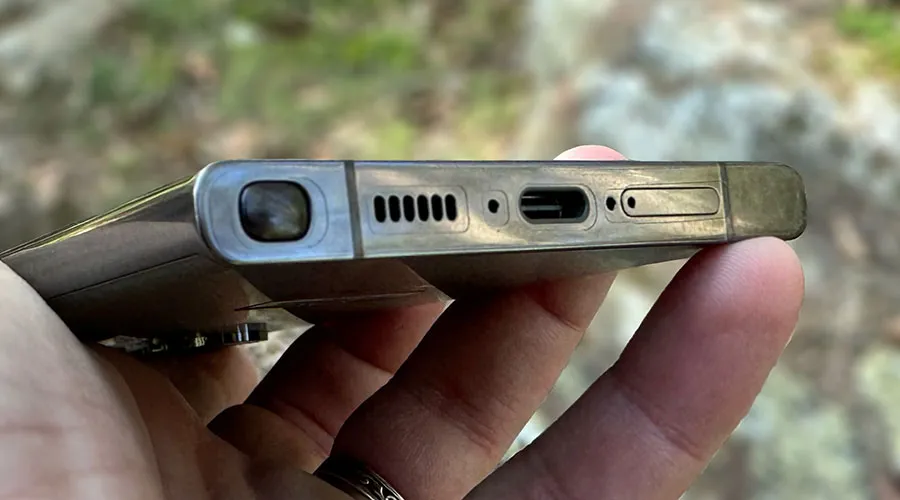
Image: Alex Kidman/Finder
Over the years, Samsung's phones have gone up and down like a rollercoaster in terms of their battery endurance. Some years, they've been amongst the very best for general battery endurance, while in other years they've trailed the best in breed, sometimes by quite a distance.
Where does the Galaxy S23 Ultra sit in that bracket? Somewhere in the middle, but up from where older Samsung phones have sat. It's packing a 5,000mAh battery into its glossy frame. Running Finder's battery test over it gave these comparative results.
As a reminder, what I look for in this test is at least 90% to ensure that you'll last out the day under moderate usage. Every single percentage point over 90% can equate to a lot more power than you'd think.
The Galaxy S23 Ultra did fall short of the capabilities of Apple's market-defining iPhone 14 Pro Max or ASUS's gaming-centric ROG Phone 6D Ultimate in this test, but 95% is still decent. Critically it's well above the capabilities of the Galaxy S22 Ultra in the same test.
Switching from benchmarks to real-world use, the Galaxy S23 Ultra largely hasn't left me wanting. On most test days, I've been left with more than 30% of the battery still ready to roll as the sun has come down most days. As with any phone, if you're busy shooting video or playing games all day, you'll get less out of it for sure.
The style of the time for current flagship phones is to ship without an included charger, and that style is one that the Galaxy S23 Ultra gladly adopts.
The Galaxy S23 Ultra will charge at up to 45W on a wired USB-C connection and up to 15W for wireless connections. It's also got support for Samsung's take on reverse wireless charging – "Wireless Powershare" in Samsung-speak – which can be handy if you need to top up the power on a pair of Galaxy Buds 2 Pro, for example.
Should you buy the Samsung Galaxy S23 Ultra?
- Buy it if you want the best Android phone on the market today.
- Don't buy it if you don't want to drop that much money on a smartphone or won't use the S Pen much.
The Galaxy S22 Ultra was already one of our favourite handsets in the premium space and the Galaxy S23 Ultra is markedly better in all the right ways.
Yes, it's expensive, and that will be a barrier for many, as will the very slight design changes from last year's model. I can't see much of an argument to update from the S22 Ultra if you've got one, but if you're coming from an older Samsung phone or switching camps, it's a great premium flagship phone.
Pricing and availability
The Samsung Galaxy S23 Ultra retails in Australia with pricing starting at $1,949.

Price
RRP: $1,729.00
Compare Samsung Galaxy S23 Ultra plans
Specifications
Display
Camera
Physical Dimensions
Connectivity
Power, storage and battery
Device features
How we tested
I tested with a Samsung Galaxy S23 Ultra loaned to me for a short period by Samsung Australia. Tests included industry-standard benchmarks, Finder's own battery life test and ad hoc usage of the Galaxy S23 Ultra.
Camera tests included low light, video, macro, slow motion and more over hundreds of photos to get a full evaluation of the Galaxy S23 Ultra's capabilities, as well as how it compares to other flagship phones in the market.
As a product reviewer, I've got more than 25 years of experience covering the consumer tech space including all significant smartphones (and a whole bunch of feature phones) released in that timeframe. I'm a multi-time Australian IT Journo award winner, including winner of the 2022 Best Reviewer award.
Alex Finder
Senior editor
You are about to post a question on finder.com.au:
- Do not enter personal information (eg. surname, phone number, bank details) as your question will be made public
- finder.com.au is a financial comparison and information service, not a bank or product provider
- We cannot provide you with personal advice or recommendations
- Your answer might already be waiting – check previous questions below to see if yours has already been asked
Finder only provides general advice and factual information, so consider your own circumstances, or seek advice before you decide to act on our content. By submitting a question, you're accepting our Terms Of Service and Finder Group Privacy & Cookies Policy.
This site is protected by reCAPTCHA and the Privacy Policy and Terms of Service apply.

